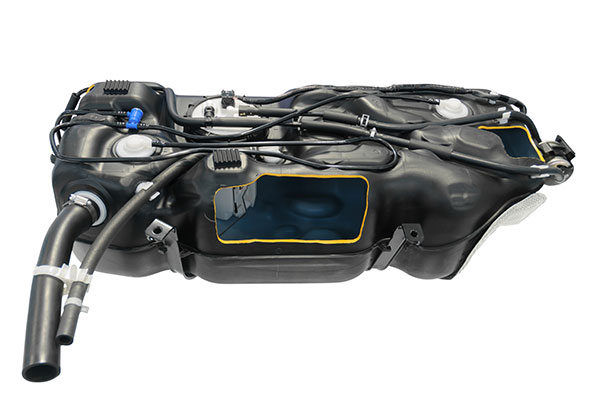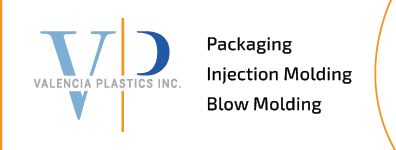
Safety Considerations: Blow Molded Plastic Fuel Tanks vs Steel
In 2016, 98% of vehicles in Europe and 75 % of vehicles in the US were fitted with plastic fuel tanks, according to a February 2016 report at Raybuck Auto Parts. EPA regulations pushing the industry to better fuel efficiency, as well as new safety considerations, motivated the trend favoring polyethylene for vehicle fuel tanks over the traditional steel tank.
Weight and Versatility
The lighter weight of plastic tanks contributes to better fuel efficiency, and plastic’s versatility of form gives it a distinct advantage in vehicle design. Engineers can now design a blow molded plastic fuel tank to conform to virtually any available space in the undercarriage, rather than having to design a vehicle around rigid steel tank shapes and fixed specifications. With polyethylene tanks having the edge in two critical performance categories, the remaining criteria comes down to safety.
Safety Performance and Crash Requirements
Meeting crash requirements is a critical part of the fuel tank safety performance evaluation. The chief advantage of the plastic fuel tank is that its seamless construction is not vulnerable to failure. Seams in a steel tank are weak points of failure under crash stresses. In a crash scenario, plastic tanks can deform and rebound without failing, maintaining original volume and safe tank pressure.
Steel tanks deform when they absorb energy, increasing pressure as tank volume decreases, making failure likely at welded or clamped areas. And, quite importantly in a fire control situation, unlike metal fuel tanks plastic tanks are not a source of sparks.
Corrosion Resistance
All vehicles are exposed to rigorous road conditions and fuel tanks riding in the undercarriage can catch the worst in the forms of road salt, debris, mud, and water. While these all have a corrosive effect on metal fuel tanks, plastic tanks are impervious. Water vapor forming on the inside of a half-empty metal fuel tank can cause it to rust from the inside out, but the non-corrosive plastic tank is immune to this shortcoming.
Blow Molded Plastic Products and More
At Valencia Plastics we manufacture custom plastic injection and blow-molded products to suit your specifications, offering full services from concept to finished product. Check out our homepage for more details and don’t hesitate to contact us for all of your custom plastic production needs.
0 Comments
Leave a reply
You must be logged in to post a comment.
